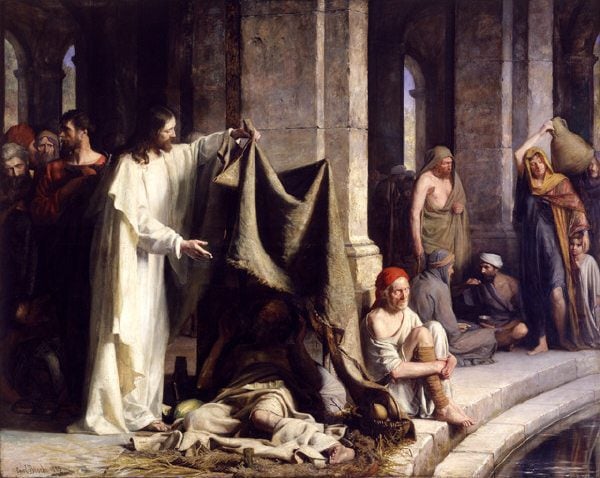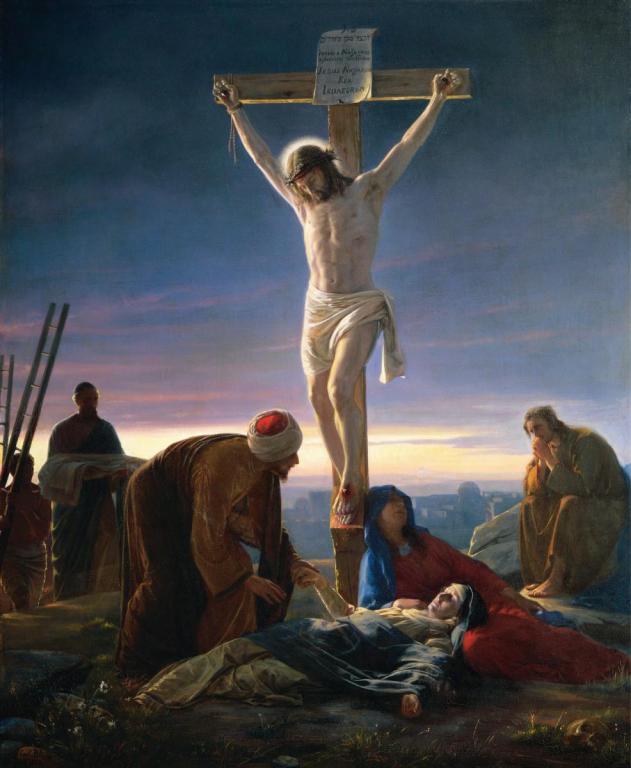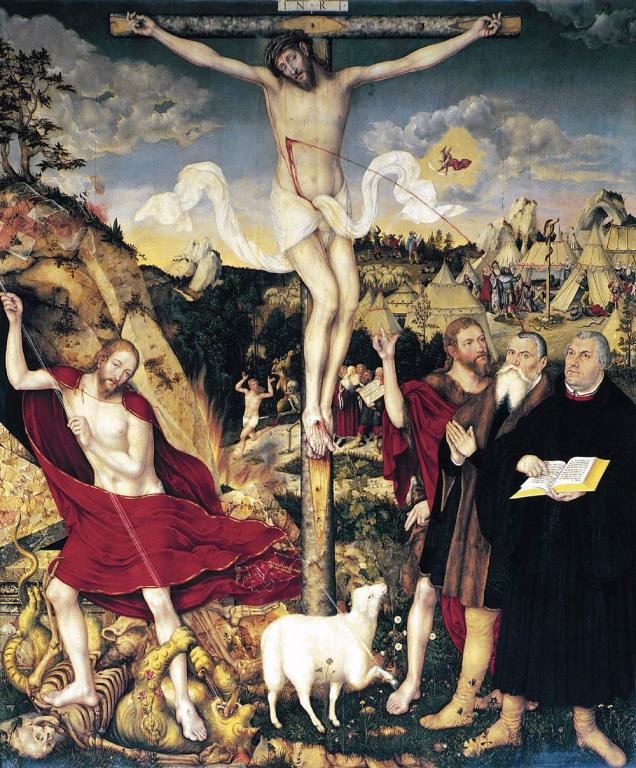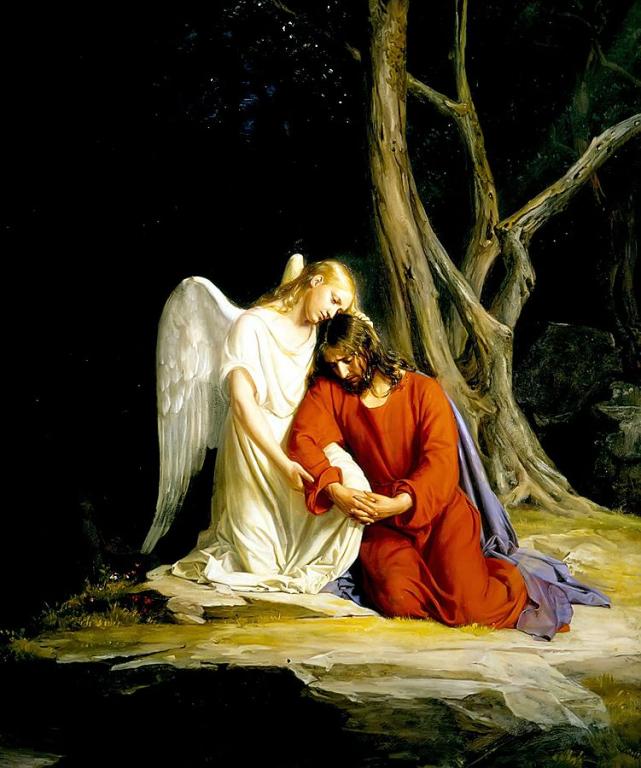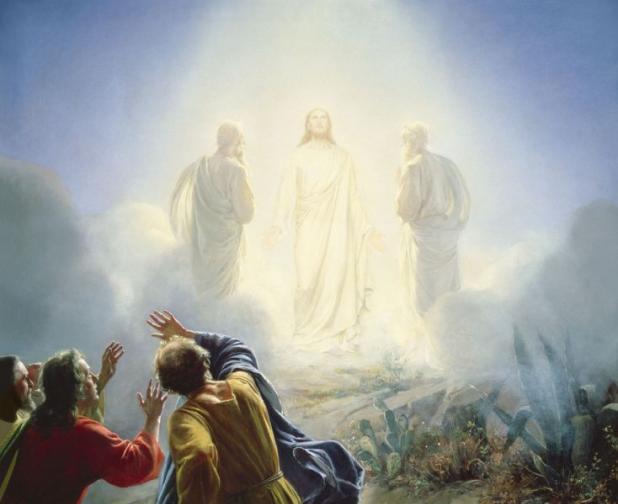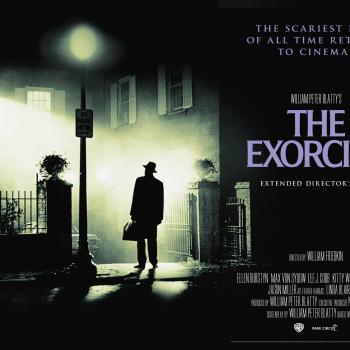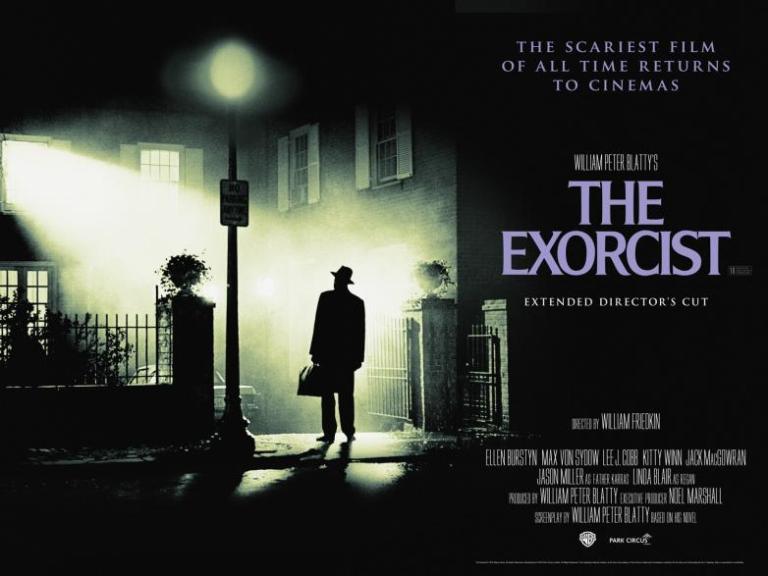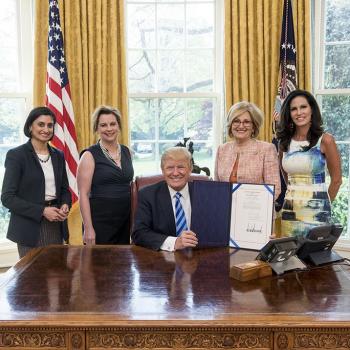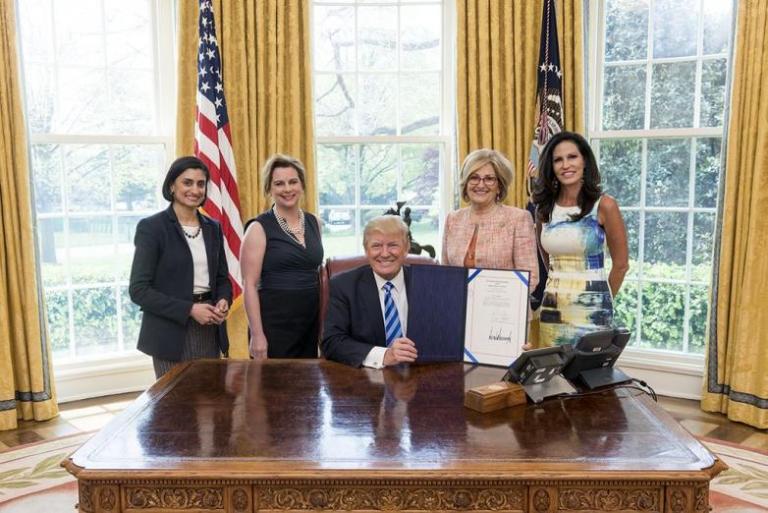Some evangelicals and other conservative Christians who support President Trump no matter what he says or does are defending their position by invoking what seems to be the Lutheran doctrine of the Two Kingdoms. But they don’t quite understand the concept.
For example, Liberty University president Jerry Falwell, Jr., suggested that Christian values–such as the Biblical mandate to be kind to “sojourners”–aren’t applicable to the conduct of government. He tweeted, “Jesus said love our neighbors as ourselves but never told Caesar how to run Rome-he never said Roman soldiers should turn the other cheek in battle or that Caesar should allow all the barbarians to be Roman citizens or that Caesar should tax the rich to help poor. That’s our job.”
Many people — including a large segment of evangelicals — fail to grasp the God-given distinction between the church and government. God created both institutions but with distinct purposes: The church is to represent Christ to the world while the government is to maintain order in the world. As the “Body of Christ,” the church is to be welcoming of all people regardless of their race, economic situation or immigration status.But America is not a church and President Trump is not America’s pastor. As individual Christians, we have a biblical responsibility to place the needs of others above our own. But as commander in chief, President Trump and the Congress have the constitutional responsibility to place the interests of our nation above the needs of other countries.
A different Baptist pastor, Rev. Corey Fields has responded to these statements and the tendency of these and other evangelicals to give the president a pass when it comes to moral and character issues–in an article for Baptist Press entitled Have Some Evangelicals Embraced Moral Relativism?
Besides showing a lack of basic knowledge about Jesus’ political context, this [Falwell’s statement] is not internally consistent since Falwell seems to have no problem with “telling Caesar how to run Rome” when it comes to issues involving abortion or gay marriage. But here’s my main question: how is this not moral relativism? By what ethical framework do we say that individuals and churches are supposed to take one stance towards the poor and dispossessed, but as a collective nation we should take a different — even opposite — stance? If something is right or good depending solely upon who carries it out, is that not a form of moral relativism? If the guiding force for individuals and churches is mercy but for our national life together it’s cost or other factors, how do we reconcile this?
Robert Jeffress, senior pastor of First Baptist Church in Dallas, wrote an opinion piece for Religion News Service about immigration in which he says that God has instituted both the church and the government with their own distinct purposes. That the two institutions have different roles goes without saying (though this is coming from a man whose church commissioned a song called “Make America Great Again”). The question is, what are the underlying, universal values at work here? Is a merciful and compassionate society a good idea, or not? The whole point of objective morality is that it is the compass for which direction we’re headed. Of course church and government play very different roles, but Jeffress and Falwell are advocating two different value systems and trying to serve two masters. Either mercy and compassion create the kind of society God intends, or they do not. . . .
Here’s a quote from a prominent evangelical author: “As it turns out, character does matter. You can’t run a family, let alone a country, without it. How foolish to believe that a person who lacks honesty and moral integrity is qualified to lead a nation and the world!” That was written by James Dobson of Focus on the Family. But he wasn’t talking about Donald Trump. He wrote that about Bill Clinton in 1998. Is this principle no longer in force, or does it only apply to Democrats?
As Robert P. Jones noted, the ends apparently justify the means. “White evangelicals have now fully embraced a consequentialist ethics that works backward from predetermined political ends, refashioning or even discarding principles as needed to achieve a desired outcome.” That’s moral relativism.
Now there is some truth to what Rev. Falwell and Rev. Jeffress say, as far as there being a distinction in these different realms. But they are missing a crucial point: God governs His earthly kingdom by means of His Law. He works in His spiritual kingdom by means of the Gospel.
That means that the moral law is applicable to earthly matters, including governments, institutions, and cultures.
Citizens of God’s spiritual kingdom have been freed from the Law before God by the Redemption won by Jesus Christ.
Christians are citizens of both realms. They must still obey the law in their earthly lives, both the moral law and the laws of those who, by their vocations, God has put in authority over them. Otherwise, they must pay the consequences, both earthly and (if their transgressions quench their faith) eternally. But Christians, in their spiritual lives, are no longer “under the law.”
But it is wrong to say that the moral law does not apply to the earthly realm and that the moral law only applies to the spiritual realm. That gets it exactly backwards.
And yet much of contemporary Christianity does put Christians under the law, while making the secular world free of it. They think that they need to be good in their spiritual lives in order for God to accept them, but they see their work and their involvement in the secular world as a morality-free zone.
But the command to “love our neighbors as ourselves” is not something “spiritual” we do for Jesus privately; rather, it is fulfilled in our vocations in the world, as we live out our faith in love and service to our neighbors.
Also, the Two Kingdoms are not to be thought of as “the government” and “the church.” Considered as an earthly institution, churches, in the sense of local congregations with their property and governing structures, are also part of God’s earthly reign, subject to the moral law. The church as a spiritual reality, consisting of everyone throughout time whom Christ has made His own, makes us citizens of His Heavenly Kingdom, even as we remain, while we still live in this world, citizens of His Temporal Kingdom.
But that distinction is no dualism, as it is often portrayed, but rather a way of unifying two different realities, since God is the King of both Kingdoms.
No, Roman soldiers are not to turn the other cheek in battle, any more than a judge should set all defendants free, since that’s what God did to us. Those would be Gospel responses, when these particular Romans 13 vocations call for the exercise of the Law; that is, the principle not of forgiveness but of justice. Issues such as immigration reform should also be decided on the basis of justice, even though views about what is just may vary and must be decided through judicial and political processes.
Further complicating the issues for us is that our president is not “Caesar.” The ruling authority for Americans, according to our Constitution, is not Caesar or the president but “the People.” We are in the historically rare position of choosing our own rulers, who remain accountable to us. As American citizens, we have the vocations of being, in the terms used by the Catechism, both “subjects” and “rulers.” Thus we don’t have the luxury of passively allowing our government to operate on its own without our involvement.
Under this system, Christians can criticize their leaders, even as they obey them, and they can criticize their fellow “people,” even as they continue to love and serve them. But they are always called to apply God’s objective, transcendent moral law in their temporal affairs, and they are never relativists.
Illustration, detail of the coat of arms of Żarnowiec Commune [Poland] by Bastianow (vector version) [Public domain or CC BY-SA 2.5 (https://creativecommons.org/licenses/by-sa/2.5)], via Wikimedia Commons







